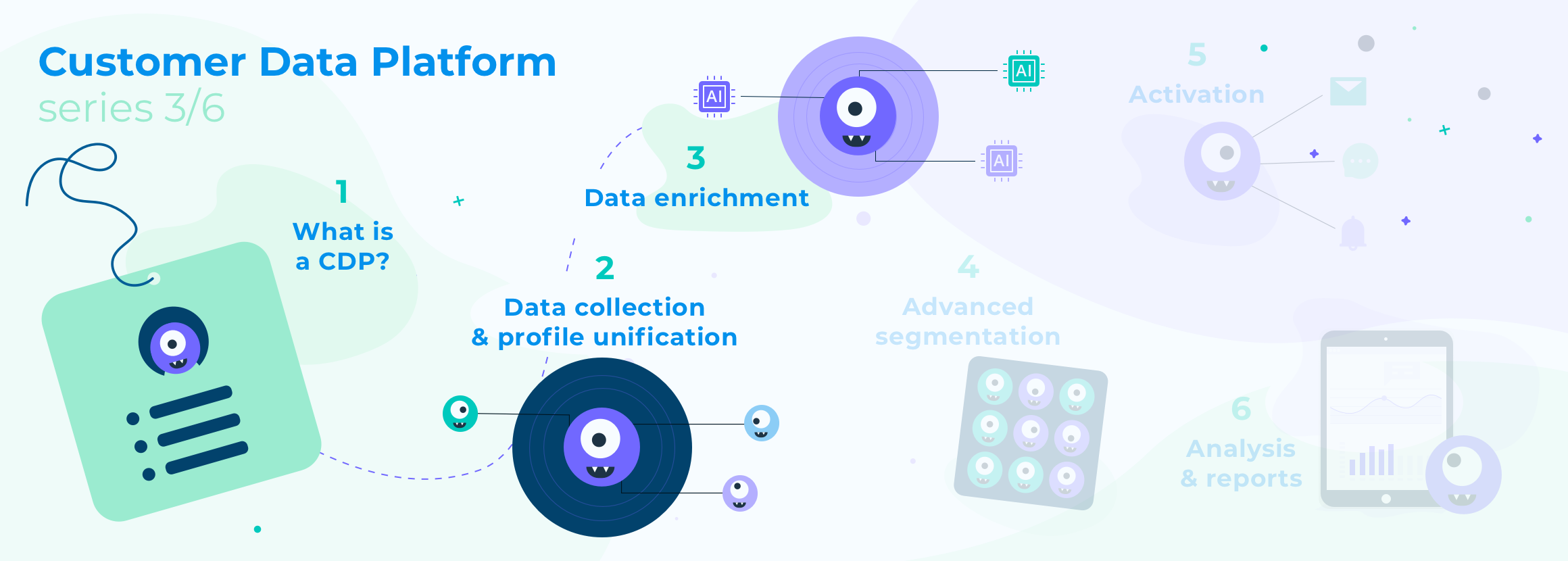
Welcome to the third article in the CDP series. Here, the focus is Data Enrichment, which is important because:
- It is one of the fundamental characteristics of a CDP platform.
- Any data loses its value if it is not used, updated, or even worse, abandoned.
- You can discover new information about contacts that is invisible at first sight, but becomes apparent as the result of elaborations, increasing knowledge and enhancing relationships.
Data Enrichment
There are several definitions of what Data Enrichment means exactly. But the factor they all have in common, and that we like to highlight, is attention to the quality of data.
The collection and integration of all the data to create unified profiles is extremely important. But its constant enrichment is just as crucial. The profile of each customer must be unique and dynamic to ensure maximum quality.
Enrichment can be carried out in two ways:
- The update: Capture any new information arriving through the customer contact channels and integrate it in the profile, so that the most recent data is always available.
- The elaboration: Make use of tools that provide access to a new intelligence. Tools that are capable of processing customer data to know them better, predict their potential and anticipate their behavior.
The update
Every day, customers perform various actions. Wherever they are and whatever they do, they leave fingerprints: The web pages they visit, the apps they use, the shops they buy from, the purchases they make… A huge amount of data that translates into valuable information about them and their behavior. Information that you daren’t miss, which you have to seize to create that individual and personalized dialogue with the customer… The attention that everyone wants from brands during their journeys. Attention that should start even before they realize the need for a product or service.
You need to equip yourself with the tools that are always ready and alert on all customer contact channels, and that collect all new data in real-time, as it is generated. And to overcome potential obsolescence, you need to keep the data as clean and up-to-date as possible.
The elaboration
To transform raw data into tangible insights, it is no longer enough to collect and use it as it is collected. We need to get inside it, associate it with each other, and find out if it can tell you something new about your customers. Thanks to the application of algorithms and predictive models to the data you have, you get information that is otherwise not immediately available. You can automatically create clusters that enrich the profile of each contact, and indicate current and potential future behavior. You can even go further and identify audience look-alikes, to target similar groups – but this will be the subject of another article.
Email Intelligence & Customer Engagement
 Email Engagement Clusters monitor the success of your email campaigns and identify how interested your contacts are to follow you on this channel. You can get a precise picture of the audiences’ behavior following your communications, and arrive at the data related to each individual customer. You can, for example, then put activities aimed at improving the performance of your deliveries into practice, and help your customers move in the direction you want.
Email Engagement Clusters monitor the success of your email campaigns and identify how interested your contacts are to follow you on this channel. You can get a precise picture of the audiences’ behavior following your communications, and arrive at the data related to each individual customer. You can, for example, then put activities aimed at improving the performance of your deliveries into practice, and help your customers move in the direction you want.
Attribution Model. There are two ways to measure the impact of communications on a customer’s purchasing behavior. The first, called direct attribution, mostly applies to the world of e-commerce. It helps you understand which purchases derive from links in sent messages, thanks to tracking. In this regard, there are also guidelines to follow when creating successful emails. A second, indirect attribution, employs an easy-to-apply but more sophisticated model, that enables you to know, in a defined time frame, if someone has had the opportunity to open the email, close it and proceed at a later time to purchase, on your site or in your store. In this way, you can access additional data about each customer and provide valuable information for setting up individual and personalized marketing strategies, building automated journeys to support them – with the aim of increasing in your brand and business, as a result.
Customer Purchase Insights
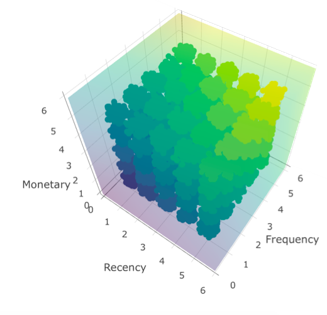 Recency Frequency Monetary (RFM) measures the current value of a customer, starting from online and in-store purchases. You can recognize behavioral patterns of purchases, by considering:
Recency Frequency Monetary (RFM) measures the current value of a customer, starting from online and in-store purchases. You can recognize behavioral patterns of purchases, by considering:
- Recency: When the last purchase was made.
- Frequency: How often the customer buys.
- Monetary: How much the customer has spent so far.
In this way you can, for example, identify customers at risk of churn and, as a result, tailor the appropriate retention strategies. You can also determine which customers may buy more, be influenced by upsell activities, or be the most loyal – the Top Customers, who need very special care.
Self-Organizing Maps (SOM) automatically and autonomously identifies unique clusters that are defined on the basis of different information, and not just limited to purchasing activity. For example, they can take into account personal data or even the mix of products purchased. Thanks to neural networks, it is then possible to translate the identified clusters into personas. As a result, you may find that some of your customers have very well defined common characteristics, and start from here to plan and manage an effective marketing strategy.
Predictive Customer Foresights
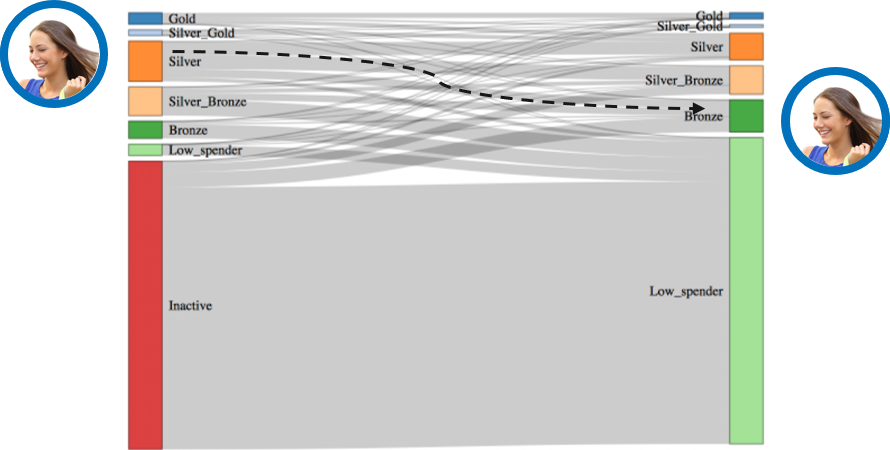 Customer Lifetime Value (CLV) predicts the future purchase behavior of your customers and the likelihood of churn, based on online and in-store transaction data. You can anticipate what your income will be, find out how many customers will still be with you in 6 month’s time, what their spending level will be next year, if your current top spenders will remain so in the future, and much more. All this allows you to interpret each one’s change of status and differentiate contact plans accordingly, providing customized paths that match their behavior.
Customer Lifetime Value (CLV) predicts the future purchase behavior of your customers and the likelihood of churn, based on online and in-store transaction data. You can anticipate what your income will be, find out how many customers will still be with you in 6 month’s time, what their spending level will be next year, if your current top spenders will remain so in the future, and much more. All this allows you to interpret each one’s change of status and differentiate contact plans accordingly, providing customized paths that match their behavior.
It is clear that it is a real challenge to enrich the data by elaboration. And it is even clearer that the result of the various elaborations depends on the quality of the starting point – that is, on how much data is collected, collated and up-to-date. If the information used is incorrect, incomplete or obsolete, every effort to get to know your customer better to anticipate and foresee the future, becomes pointless.
The benefits from profile enrichment
Enrichment means above all, the addition of quality. Some of the immediately achievable benefits include:
- Always up-to-date profiles.
- Availability of processed information that is not visible at first sight.
- Greater customization of customer relations.
- Better segmentation and effective audience creation.
- Automated, targeted and multi-channel journeys.
- The best overall customer experience.
- Discovery of new possible business areas.
- Identification of possible churn problems on which to intervene.
In other words, Data Enrichment means transforming data into a true value and making it a strategic lever, while always remaining in compliance with GDPR legislation.
And now?
Contact us and discover the commitment that Contactlab makes in providing the best tools and expertise, in order to discover and learn more about your contacts – and allow you to elevate your efforts from just Customer Engagement to Engagement Intelligence… enabling you to carry out marketing activities and much, much more, which are highly targeted, individually personalized and increasingly aware.
__________________
Discover the CDP series!
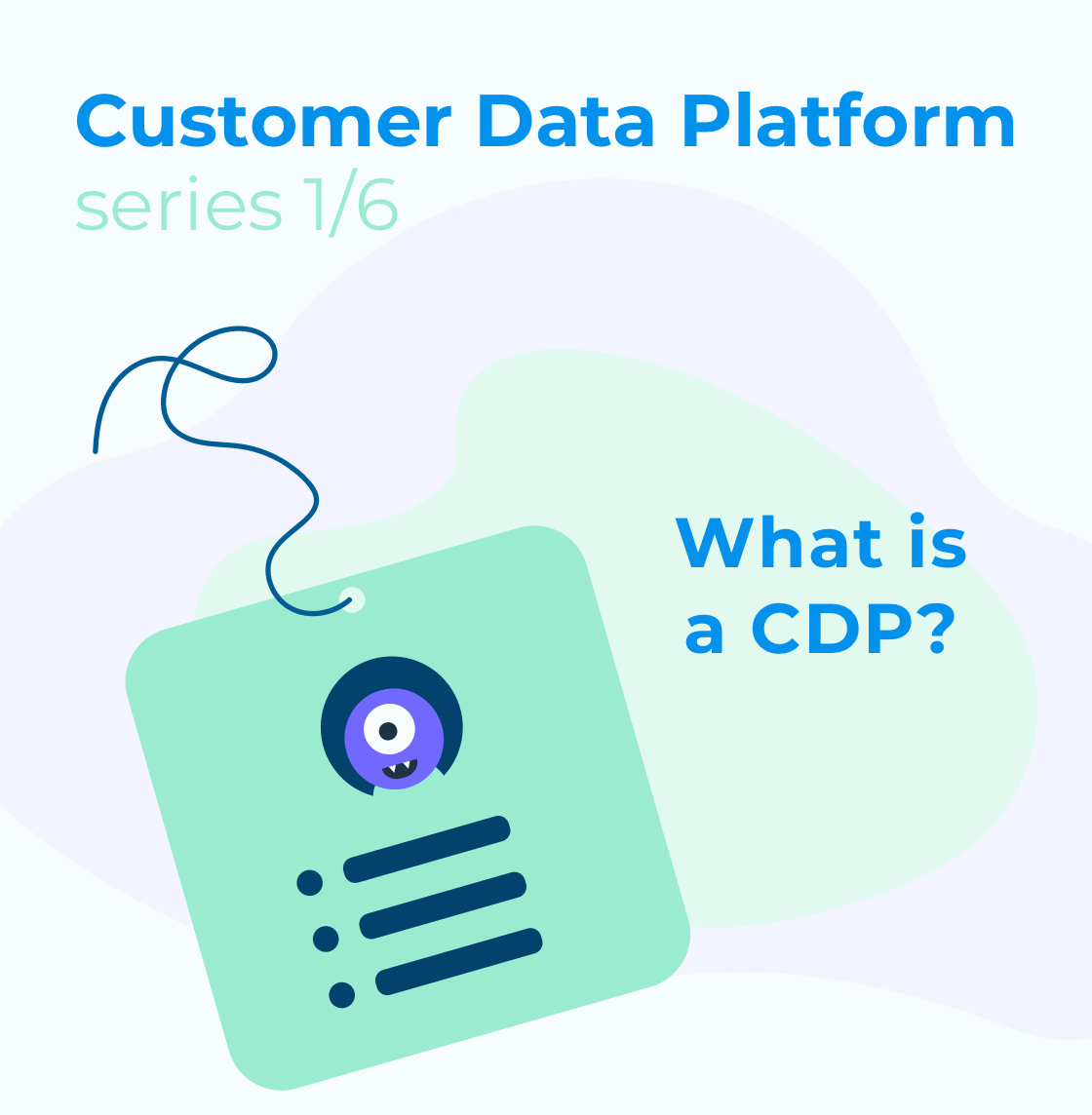 |
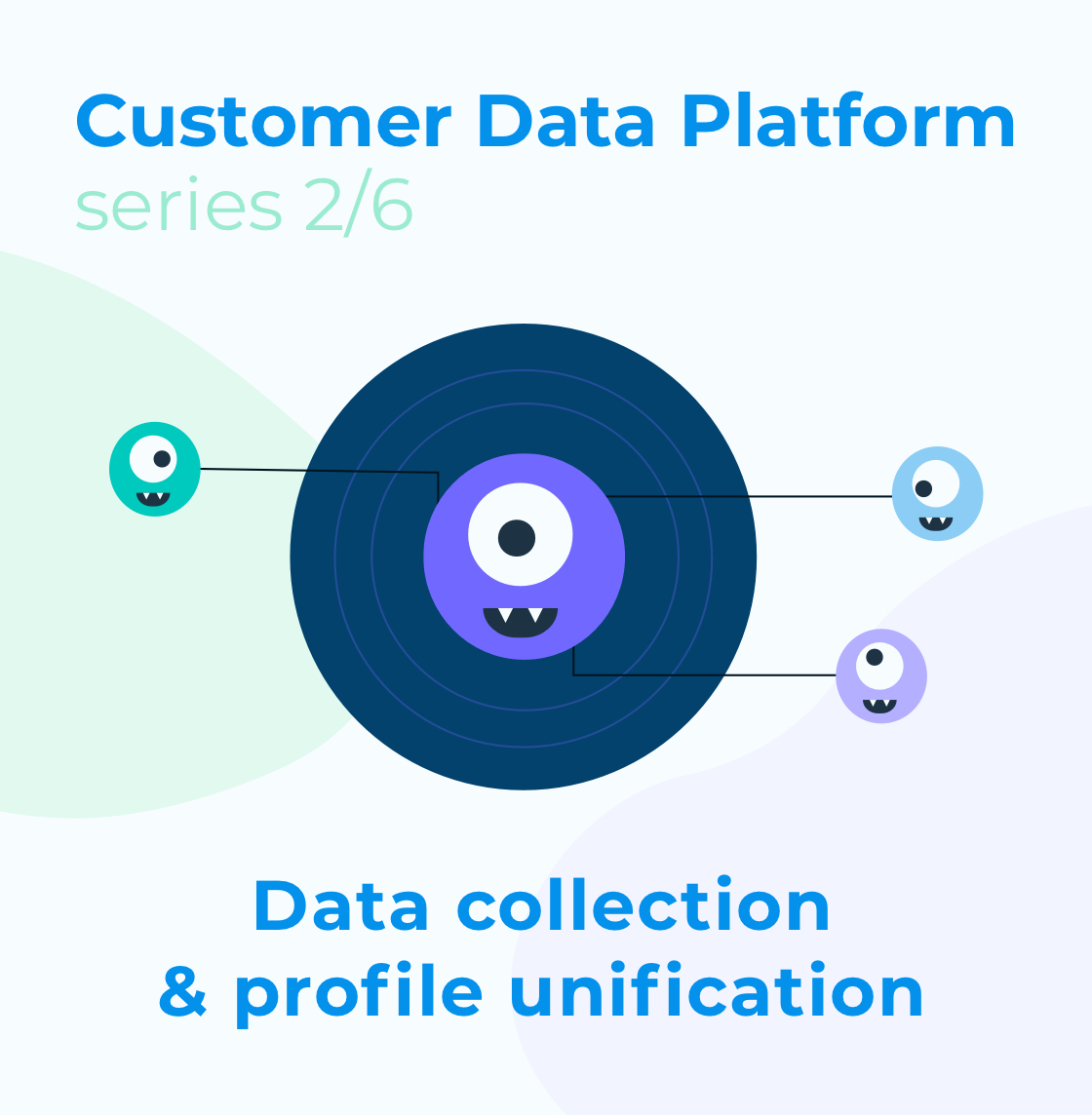 |
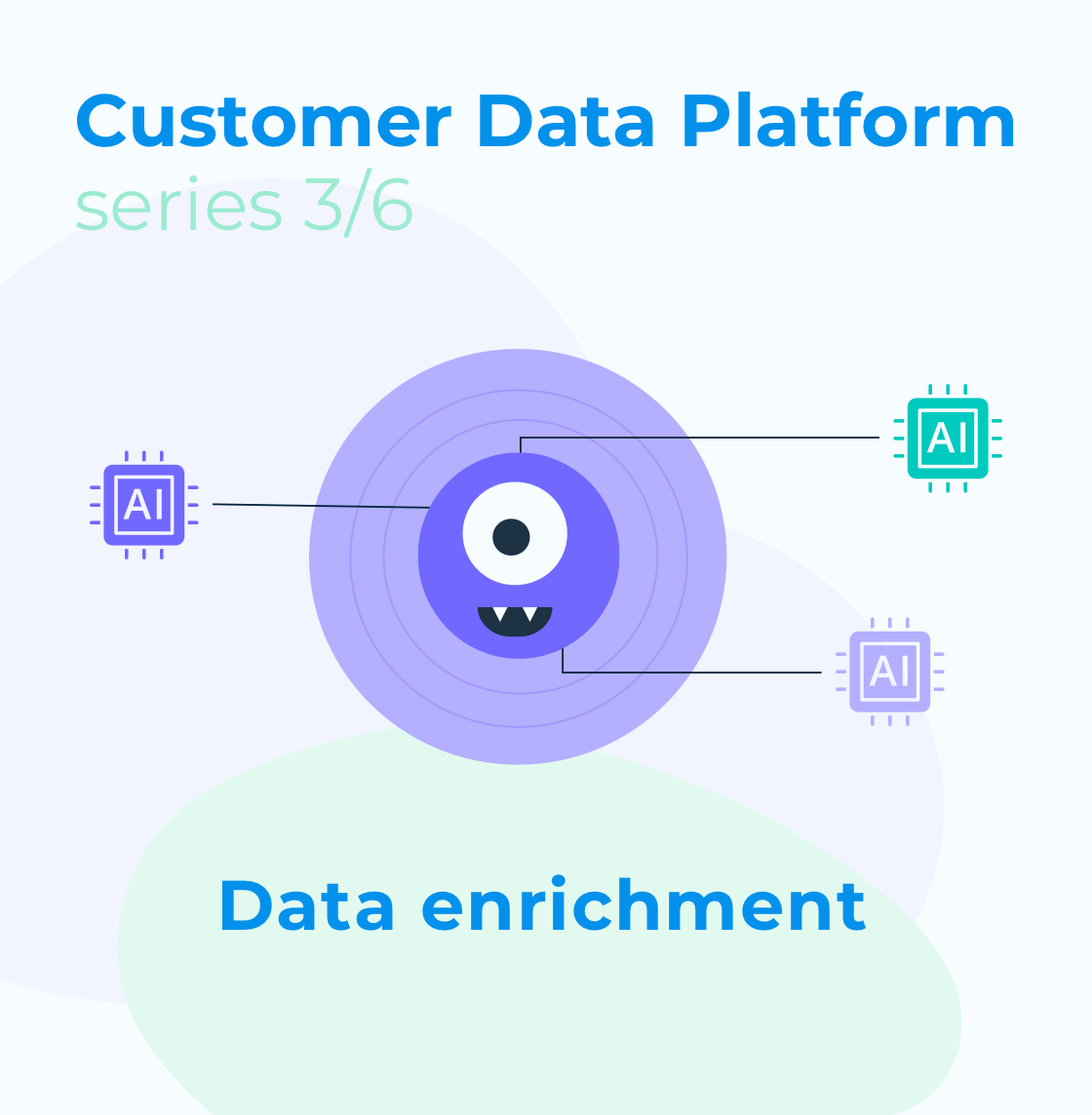 |
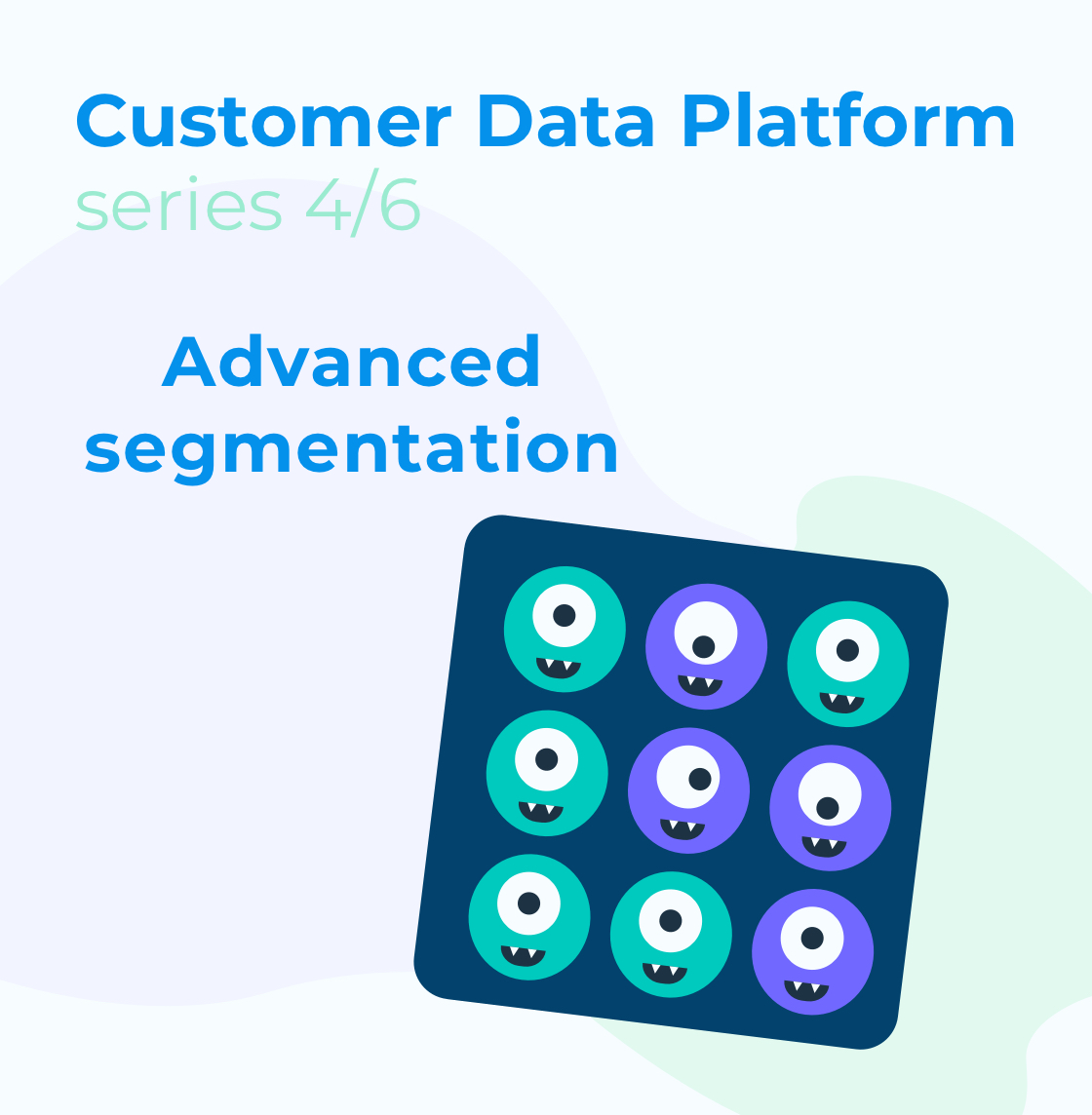 |
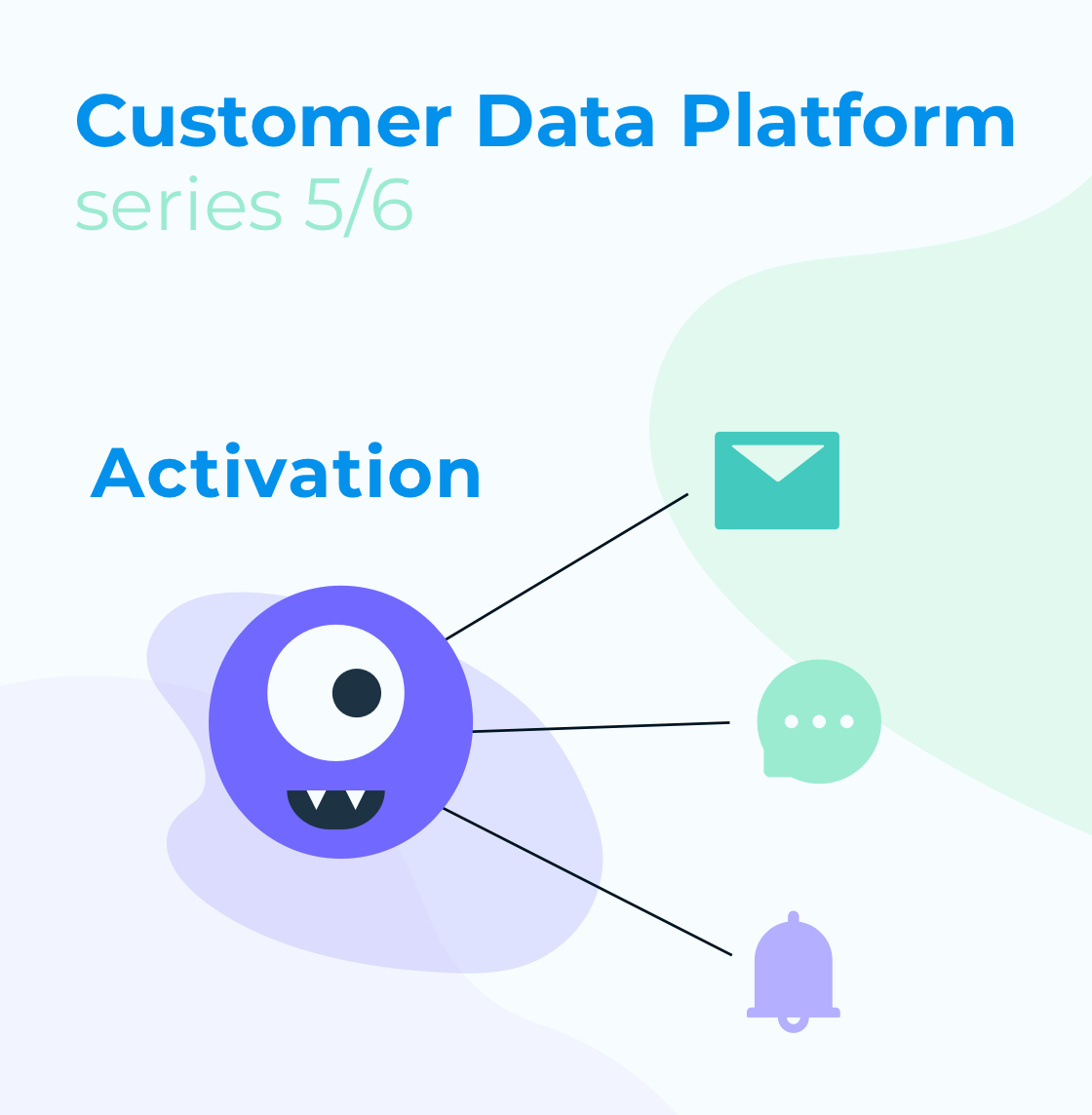 |
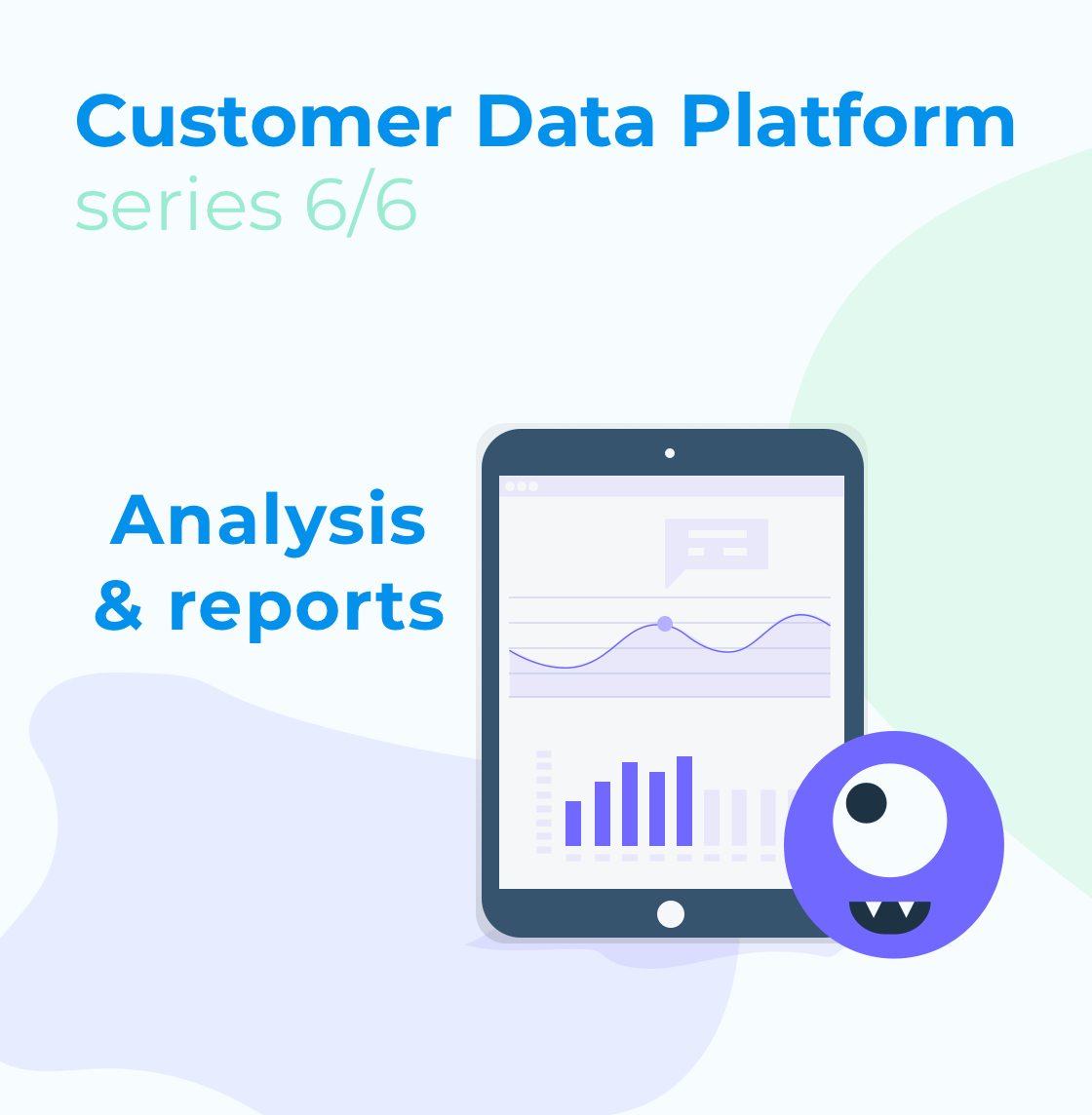 |
|||||
| LIVE | LIVE | LIVE | LIVE | LIVE |
LIVE |
